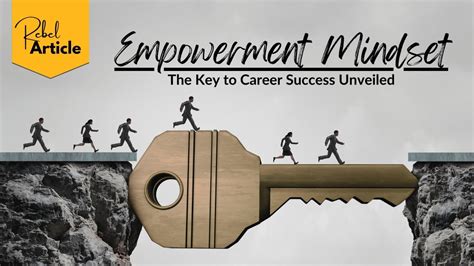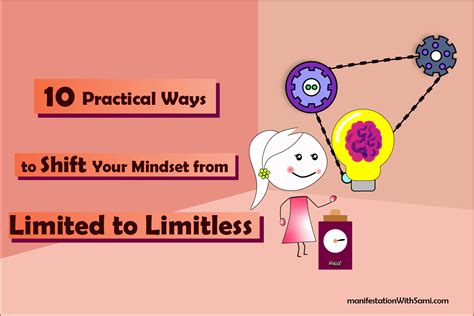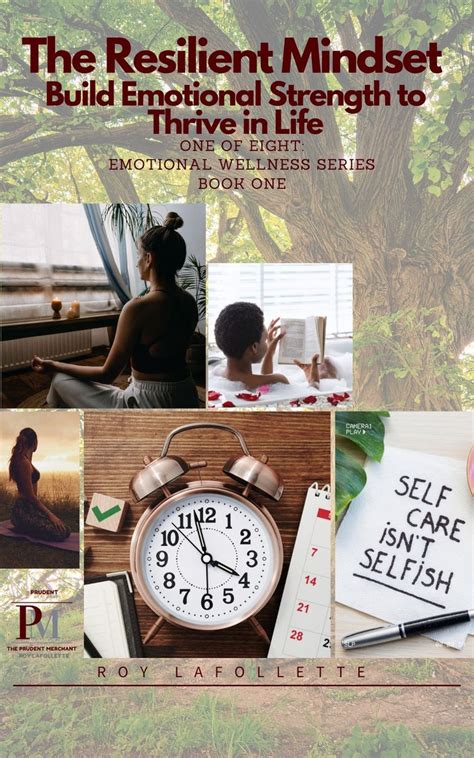Overcoming the Mental Roadblock of ‘I Can’t’
Life is an unending series of challenges, both big and small. From personal goals to professional obstacles, our initial reaction often dictates our trajectory. Far too frequently, we encounter a hurdle and our immediate, almost instinctive response is, “I can’t.” This phrase, seemingly innocent, carries immense power. It’s a self-imposed limitation, a mental roadblock that shuts down possibilities before they’ve even had a chance to materialize. It stems from fear, self-doubt, past failures, or simply an aversion to discomfort. When we default to ‘I can’t,’ we aren’t just expressing a lack of ability; we’re actively closing the door to innovation, growth, and potential solutions.
This limiting belief creates a vicious cycle. The more we tell ourselves we can’t, the less likely we are to try, and the less we try, the more our belief in our inability solidifies. It’s a comfortable but ultimately crippling place to reside, robbing us of opportunities to expand our capabilities and prove ourselves wrong.
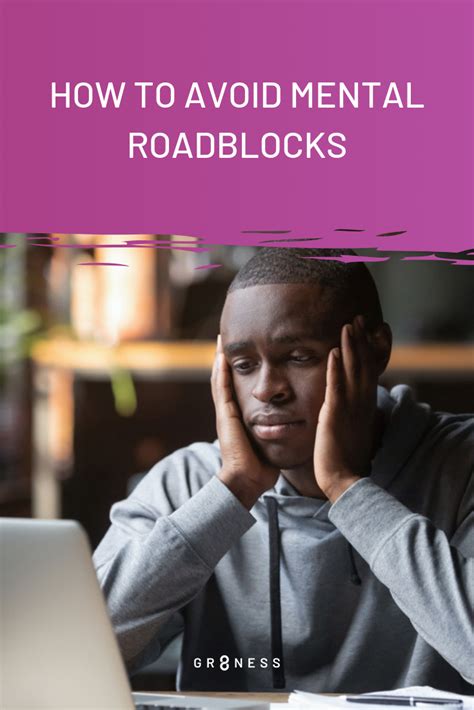
The Transformative Power of ‘How Can I?’
What if, instead of ‘I can’t,’ we trained ourselves to ask, ‘How can I?’ This simple reframing isn’t just a linguistic trick; it’s a fundamental shift in perspective that unlocks problem-solving potential. ‘How can I?’ is an invitation to creativity, an immediate call to action, and a declaration of intent to find a way forward. It transforms a statement of defeat into a question of possibility. When you ask ‘how can I?’, your brain, a powerful problem-solving machine, automatically begins searching for answers. It moves from a static state of limitation to a dynamic state of exploration.
This shift encourages a proactive approach. It forces you to look beyond the immediate obstacle and consider resources, strategies, and steps that might have been invisible before. It cultivates resilience, teaching you to view setbacks not as endpoints, but as data points guiding you towards a better solution. Adopting ‘how can I?’ isn’t about ignoring difficulties; it’s about acknowledging them and then immediately pivoting to a solution-oriented mindset.
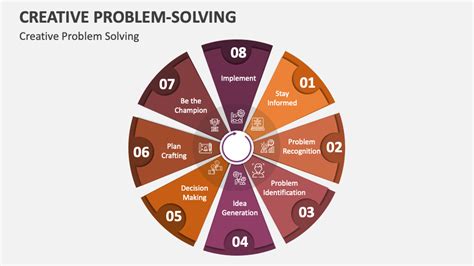
Practical Steps to Cultivate a Solution-Oriented Mindset
1. Acknowledge and Reframe
The first step is awareness. Catch yourself when ‘I can’t’ begins to surface. Acknowledge the feeling without judgment, then consciously reframe it. For instance, if you think, “I can’t learn a new skill,” pivot to, “How can I learn a new skill? What resources do I need? What’s the smallest first step?”
2. Break Down the Problem
Often, challenges seem insurmountable because we view them as a single, massive entity. Break the ‘how can I?’ question into smaller, manageable pieces. If the goal is ‘how can I start my own business?’ break it into ‘how can I research my market?’, ‘how can I create a business plan?’, ‘how can I find initial funding?’, and so on. Small wins build momentum and confidence.
3. Seek Knowledge and Resources
The ‘how can I?’ question naturally leads to seeking information. Who has done this before? What books or articles can I read? Who can I ask for advice? Leverage the wisdom of others and available resources. You don’t have to reinvent the wheel; you just need to find the right guide or tool.
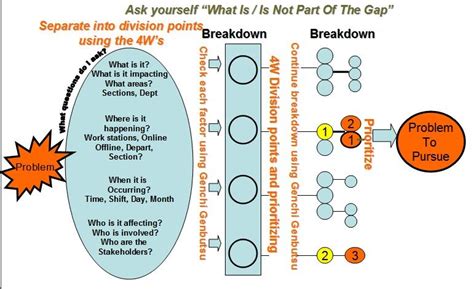
Embracing Resilience and Innovation
The consistent practice of asking ‘how can I?’ builds mental resilience. You become less daunted by obstacles and more excited by the prospect of finding a way through them. This mindset fosters innovation, as you’re constantly seeking new angles, unconventional methods, and creative workarounds. It’s the mindset of entrepreneurs, innovators, and anyone who has ever achieved something seemingly impossible. It trains your brain to be a proactive problem-solver rather than a passive observer of limitations.
Furthermore, this shift enhances self-efficacy – your belief in your own ability to succeed. With each ‘how can I?’ moment that leads to a solution, your confidence grows, making the next challenge seem less formidable. It’s an empowering cycle that propels you forward, enabling you to tackle progressively larger and more complex problems with a sense of capability.
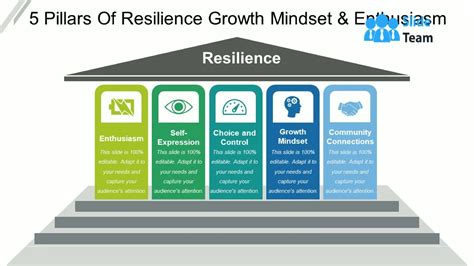
Conclusion
The journey from ‘I can’t’ to ‘how can I?’ is a profound one, offering a pathway to greater personal and professional fulfillment. It requires conscious effort and consistent practice, but the rewards are immeasurable. By transforming our internal dialogue, we transform our reality, unlocking hidden potential and embracing a life of continuous learning, adaptation, and achievement. So, the next time you face a challenge, pause, take a breath, and ask yourself not why you can’t, but ‘how can I?’ – the answer might just surprise you.
